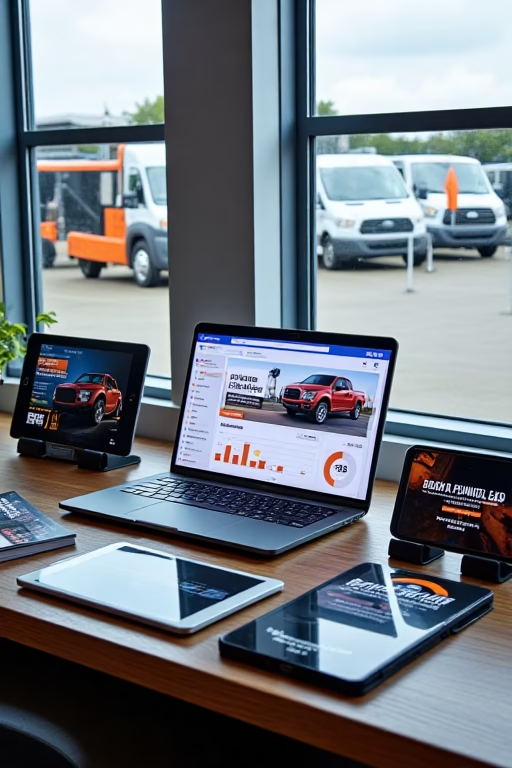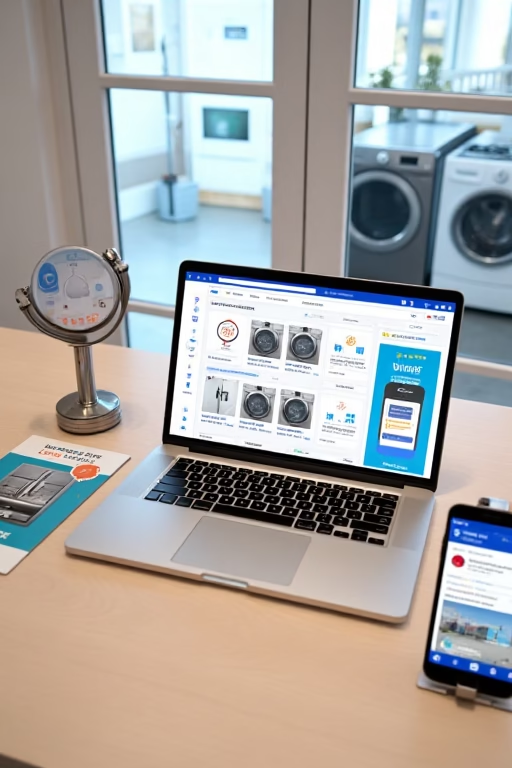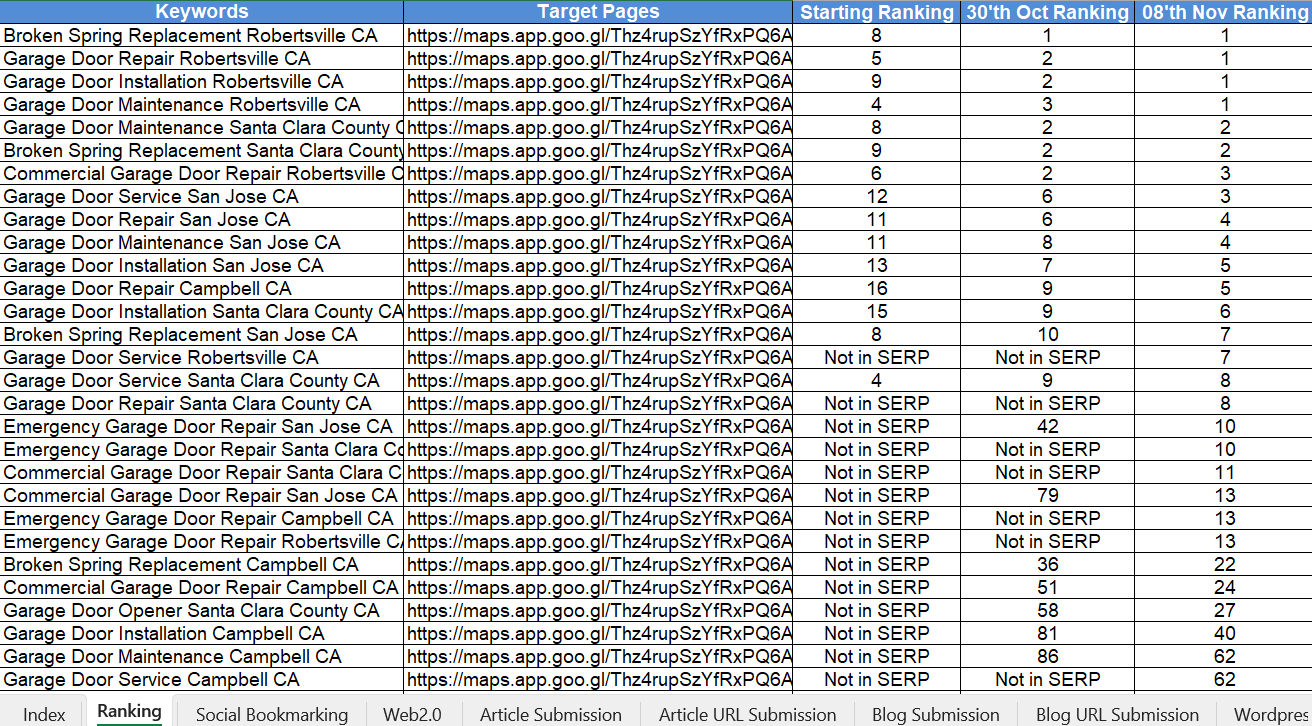How to Sell More Roofing Services with Facebook Ads: Finding Urgent Leads
How to Sell More Roofing Services with Facebook Ads: Finding Urgent Leads
Your Rapid-Response Marketing Guide by Market Wiz
Table of Contents
- Introduction: Capturing Roof Repair Urgency
- 1. Audience Segmentation & Targeting
- 1.1 Storm-Impact Custom Audiences
- 1.2 Lookalikes of Recent Call-Ins
- 1.3 Geo-Fencing Zip Codes After Severe Weather
- 2. Ad Account & Pixel Setup
- 2.1 Facebook Business Manager Essentials
- 2.2 Pixel & Conversion API for Instant Lead Tracking
- 3. Crafting High-Impact Ad Creative
- 3.1 Before & After Roof Damage Videos
- 3.2 Urgency-Driven Headlines & Copy
- 3.3 Clear, Immediate Calls-to-Action
- 4. Building a Rapid Lead Funnel
- 4.1 Instant Lead Forms vs. Dedicated Landing Pages
- 4.2 Automated SMS & Email Follow-Ups
- 5. Budgeting & Bid Strategies for Urgent Leads
- 6. Advanced Retargeting & Upselling
- 6.1 Dynamic Damage-Repair Ads
- 6.2 Seasonal Maintenance Upsells
- 7. Analytics, Tracking & A/B Testing
- 8. Compliance & Best Practices
- 9. CRM Integration & Automation
- 10. Real-World Case Studies
- Conclusion & Next Steps
- 25 Frequently Asked Questions
- 25 Extra Keywords
Introduction: Capturing Roof Repair Urgency
When a storm strikes, homeowners scramble for reliable roofers. Facebook Ads lets you pinpoint these urgent needs—storm-chasers, hail-damaged areas, roof-leak keywords—and deliver immediate solutions. In this guide, Market Wiz outlines how to harness hyper-local targeting, dynamic creative, and fast follow-up funnels to turn clicks into booked inspections within hours.
1. Audience Segmentation & Targeting
1.1 Storm-Impact Custom Audiences
Upload lists of past emergency service callers and map them to Custom Audiences. Re-engage with “Hail repair” and “Emergency tarping” offers.
1.2 Lookalikes of Recent Call-Ins
Create 1% Lookalike Audiences from homeowners who requested service in the last 30 days to find new urgent prospects.
1.3 Geo-Fencing Zip Codes After Severe Weather
Use geo-fencing to target zip codes recently hit by hailstorms, high winds, or heavy rains—reaching prospects exactly when they need you most.
2. Ad Account & Pixel Setup
2.1 Facebook Business Manager Essentials
Ensure your Page, Ad Account, and Pixel are verified. Assign roles to your marketing and sales teams for rapid response coordination.
2.2 Pixel & Conversion API for Instant Lead Tracking
Install Pixel events like Lead and ContactFormComplete to track inquiries. Use Conversion API for server-side accuracy, ensuring no urgent lead is missed.
3. Crafting High-Impact Ad Creative
3.1 Before & After Roof Damage Videos
Show dramatic storm-damage cleanup and roof repairs in 15–30 second clips to demonstrate capability and build trust instantly.
3.2 Urgency-Driven Headlines & Copy
Use headlines like “Hail Damage? Act Now!” or “Free Emergency Roof Inspection—24/7” to capture attention and drive immediate action.
3.3 Clear, Immediate Calls-to-Action
CTAs such as “Book Your Free Inspection,” “Get Tarping Today,” or “Message Now for Same-Day Service” guide prospects to convert without delay.
4. Building a Rapid Lead Funnel
4.1 Instant Lead Forms vs. Dedicated Landing Pages
Instant Forms capture mobile leads quickly, while landing pages allow detailed service descriptions, trust badges, and scheduling widgets.
4.2 Automated SMS & Email Follow-Ups
Push Facebook leads into your CRM and trigger immediate SMS confirmations, followed by email with storm-prep guides and technician bios to nurture trust.
5. Budgeting & Bid Strategies for Urgent Leads
Allocate 80% of spend to prospecting zip codes hit by recent storms and 20% to retargeting window shoppers. Start with \$75–\$150/day and use “Lowest Cost” bidding to maximize reach.
6. Advanced Retargeting & Upselling
6.1 Dynamic Damage-Repair Ads
Upload a feed of common repair services—shingle replacement, leak patching—and serve dynamic ads to those who viewed related pages or interacted with prior posts.
6.2 Seasonal Maintenance Upsells
Retarget past emergency clients with preventative maintenance offers—gutter cleaning, roof tune-ups—to generate recurring revenue beyond one-off repairs.
7. Analytics, Tracking & A/B Testing
- Monitor Cost per Lead and same-day Booking Rate in Ads Manager.
- Use UTM tags and Google Analytics to track funnel drop-offs and optimize page layouts.
- Run A/B tests on headlines, images, and CTAs—rotate winners every week to maintain urgency appeal.
8. Compliance & Best Practices
Follow Facebook’s policies: no exaggerated claims, clear pricing disclaimers, and respect for user privacy under GDPR/CCPA when handling lead data.
9. CRM Integration & Automation
Use Zapier or native integrations to push Facebook leads into your roofing CRM. Automate task assignments, dispatch notifications, and follow-up calls within minutes of lead capture.
10. Real-World Case Studies
A Midwest roofer generated 200 emergency leads in 48 hours post-hailstorm using geo-fenced ads. Another company reduced lead response time by 70% through Instant Forms and automated SMS, increasing booked inspections by 45%.
Conclusion & Next Steps
Facebook Ads can be your fastest channel for urgent roofing leads when executed with precision. Start by setting up your Pixel, building storm-impact audiences, and crafting urgency-driven creatives today. With rapid follow-ups and continuous optimization, you’ll turn crisis clicks into booked roofs—and keep your calendar full, rain or shine.
25 Frequently Asked Questions
1. How quickly can I launch an urgent campaign?
You can be live within hours once your Pixel and Instant Forms are configured and audiences set up.
2. What’s the ideal radius after a storm?
Target a 5–15 mile radius around impacted zip codes to reach the highest density of damaged homes.
3. Instant Form or landing page—which converts better?
Instant Forms win for speed and mobile ease; landing pages convert more qualified leads with detailed info.
4. How much budget should I start with?
Allocate \$75–\$150/day, prioritizing geo-fenced prospecting to maximize urgent reach.
5. How do I track in-person bookings?
Use unique promo codes in ads or Facebook Offline Conversions API to match leads to booked inspections.
6. Can I upsell maintenance later?
Absolutely—retarget emergency repair clients with seasonal tune-up and gutter cleaning offers for recurring revenue.
7. How often rotate creatives?
Every 5–7 days to maintain urgency and prevent ad fatigue.
8. What headlines drive urgency?
“Free Same-Day Roof Inspection,” “Hail Damage? Call Now,” and “Limited-Time Emergency Repair Discount.”
9. How to reduce cost per lead?
Refine geo-targeting, improve ad relevance scores, and A/B test your Instant Forms fields.
10. Should I use video or images?
Short video clips showing storm damage repairs boost engagement by up to 60% over static images.
11. How to integrate leads into CRM?
Use Zapier or native Facebook-CRM integrations for instant lead routing and follow-up automation.
12. Are chatbots effective?
Yes—Facebook Messenger bots can qualify leads, schedule inspections, and answer FAQs 24/7.
13. How to handle negative comments?
Respond quickly, empathize, and offer to resolve issues offline to maintain trust and transparency.
14. What’s dynamic creative?
Facebook’s tool that tests multiple headlines, images, and CTAs to optimize for best performance automatically.
15. How to measure ROI?
Track Cost per Lead vs. booked roofs value in your CRM, and calculate return on ad spend accordingly.
16. Can I target commercial properties?
Yes—use interest filters like “property management” and “commercial real estate” alongside geo-targeting.
17. How to prevent ad fatigue?Rotate audiences and creatives frequently and use frequency caps to avoid overexposure.
18. What CTAs convert best?
“Book Free Inspection,” “Message for Same-Day Service,” and “Get Your Repair Estimate.”
19. How to comply with policies?
Avoid misleading promises, include clear disclaimers, and respect data privacy regulations when handling leads.
20. Are story ads useful?
Yes—full-screen vertical ads in Stories can quickly capture attention and prompt instant messages.
21. How to retarget warm leads?
Build Custom Audiences of those who submitted forms or visited your site and serve dynamic, urgency-focused ads.
22. Should I use lookalike audiences?
Yes—1% Lookalikes of urgent callers help you find new prospects with similar profiles.
23. How often optimize bids?
Review bid strategy weekly, and adjust your Cost Cap as your target Cost per Lead becomes clearer.
24. How to track follow-up success?
Use your CRM to log inspection appointments and link them back to original ad campaigns for attribution.
25. What’s the first step?Install and verify your Facebook Pixel, then create a storm-impact Custom Audience and draft your first urgent ad.
25 Extra Keywords
- urgent roofing leads Facebook
- storm damage roofing ads
- roof repair instant forms
- hail damage geo-fencing
- same-day roof inspection ad
- roofing dynamic ads
- emergency roofing Facebook marketing
- roof replacement lead gen
- local roofing Facebook strategy
- roof maintenance upsell ads
- roofing CRM integration
- roofing SMS follow-up
- Facebook roofing retargeting
- roofing ad A/B testing
- roofing conversion funnel
- roofing ad compliance
- roofing seasonal campaigns
- roofing video testimonials
- roofing ad budget tips
- roofing lead to job metrics
- roofing chatbots Facebook
- roof inspection booking ad
- roofing marketplace leads
- roofing email nurture sequence
- Market Wiz roofing guide
How to Sell More Roofing Services with Facebook Ads: Finding Urgent Leads Read More »







